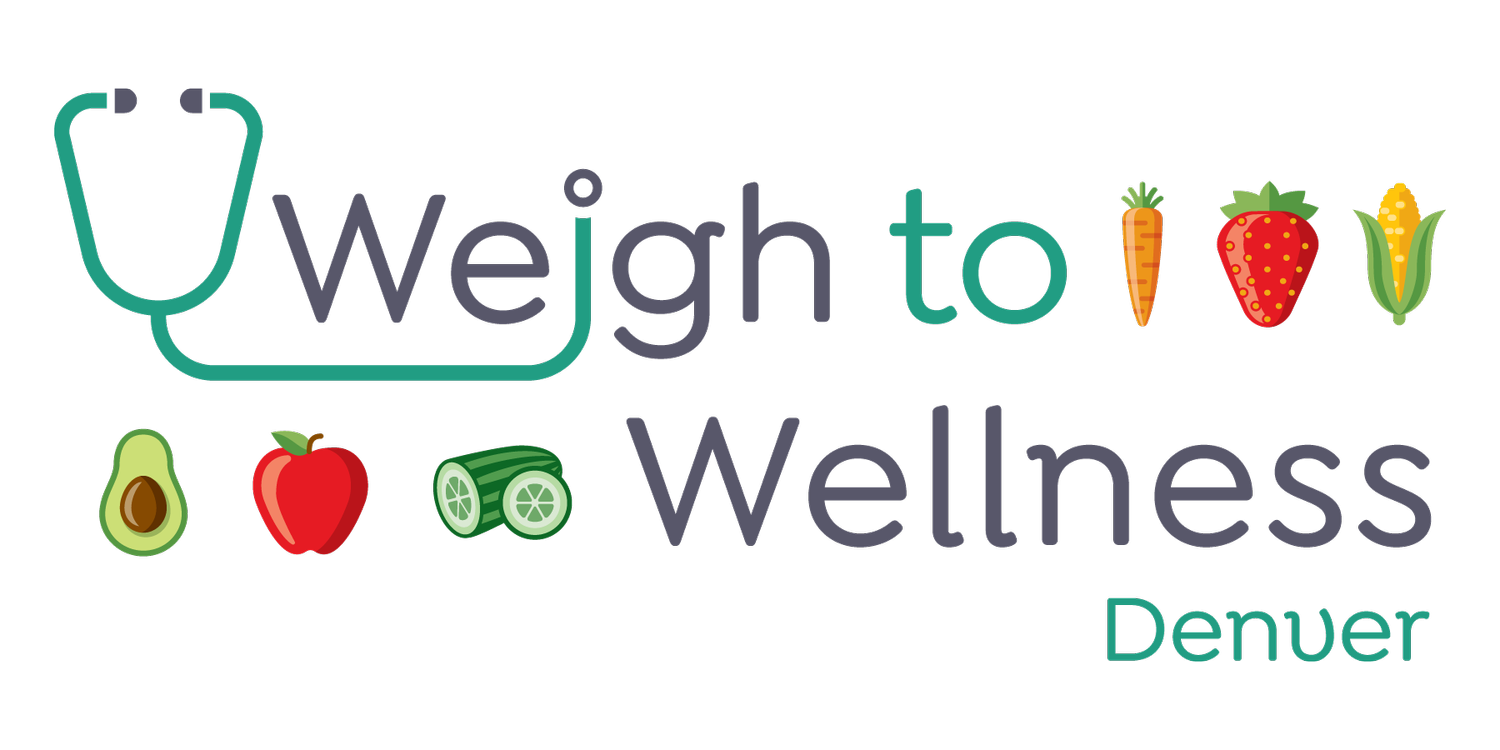Basics of the Mediterranean Diet
The Mediterranean style of cooking and eating has proven time and time again to be a healthy way of living. This blog will hopefully clear up some questions you may have about the Mediterranean lifestyle.
Mediterranean Dietary Basics:
The above diet pyramid shows how certain foods are structured in this diet. The larger tiers show the types of foods that should be the majority of your intake and the smallest tiers show the foods that should be very limited in your diet.
1.) The bottom of the pyramid shows that a large portion of a Mediterranean diet is based around whole grains, beans, legumes, nuts and seeds. The nuts, seeds, beans and legumes are good sources of protein and fiber. All your pasta and bread products should be whole grain and high fiber. You should aim to get 25-35 gms of fiber daily.
BEST FOODS FOR GRAINS/BEANS
Quinoa, brown rice, wild rice, farro, barley.
Oats, oatmeal, high fiber cereal.
Black beans, kidney beans, pinto beans, white beans, garbanzo beans.
Lentils
Chickpea or vegetable pasta, multigrain bread, whole grain crackers.
Walnuts, almonds, pecans, peanuts, cashews.
Pumpkin seeds, flax seed, chia seed, sunflower seeds.
2.) The second to last layer of the pyramid shows that the second most common foods in the Mediterranean diet are fruits and vegetables. You should be aiming for 3 to 4 servings of vegetables and 2 to 3 servings of fruit per day. All fruits and vegetables are good choices. Some of the most common in the Mediterranean: avocado, tomato, eggplant, artichoke, olives, apples, berries.
3.) The third layer of the pyramid is centered around healthy fats, specifically from olive oil. Best way to incorporate olive oil will be to replace things like butter and margarine with olive oil in cooking.
BEST FOODS FOR HEALTHY FATS:
Avocado, avocado oil
Olives, olive oil
Nuts and seeds
4.) The 4th layer of the pyramid is fish and seafood. As you can see it is recommended that you incorporate fish and seafood a few times a week, with any other animal product being less often. This means that some meals during the week need to be vegetarian to comply with Mediterranean lifestyle. Fish and seafood can be a great source of protein and healthy fats. Try to purchase wild caught and eco safe fishing methods when possible.
BEST FOOD FOR FISH AND SEAFOOD:
Salmon, sardines, tuna, mackerel. (if canned have it packed in olive oil)
Oysters, mussels, clams.
White fish like cod, tilapia, haddock.
5.) The 5th tier of the pyramid consists of the dairy and poultry foods. This is a smaller tier so the serving sizes should be small. It does say you could have these foods daily to weekly. Limit your cheese to one serving per day if consumed. If eating poultry you can lower fat intake by eating it without the skin. Try to aim for lower fat dairy products like Greek yogurt and cottage cheese.
BEST FOOD CHOICES FOR DAIRY AND POULTRY
Cheese (limit to one serving per day)
Low fat Greek yogurt, cottage cheese, cream cheese.
Low fat milk
Skinless chicken and turkey
Eggs (limit the yolks to 6 per week, white are unlimited)
6.) The 6th, and smallest, tier are for meats and sweets (processed foods). This should be consumed only monthly or as little as possible. Sweets entails most processed foods. Consider the “sweets” category as anything with multiple ingredients, ingredients you cannot pronounce, can be shelf stable for months on end without expiring. Meats refers to beef and pork products. These animal products have the higher amounts of saturated fats and can be highly processed.
Resources for Mediterranean Recipes:
The New York Times Cooking Website
Other aspects of a Mediterranean lifestyle:
Get 10,000 steps per day! Take the stairs, take an evening walk with the family, park farther away.
Strength training. Work on keeping your muscle mass by implementing functional bodyweight exercise or resistance bands.
Stretch on a regular basis: this helps prevent joint pain and makes movement easier through the day.
Drink plenty of water! 3 liters/96 ounces per day.
Get 7 to 8 hrs of sleep at night.

